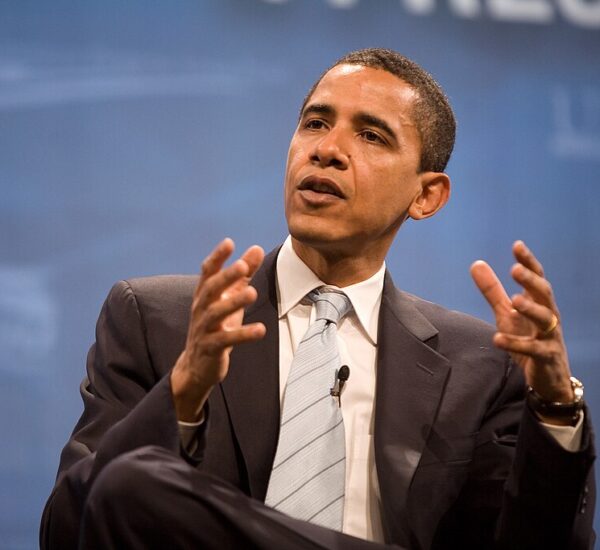GOP Reveals New Blueprint To Push Trump’s Agenda
On Wednesday, House Republicans unveiled a strategic blueprint to push forward President Trump’s legislative priorities, ending a period of stalled discussions within the party. This budget resolution, released just ahead of the House Budget Committee’s debate, is a critical step in the budget reconciliation process that will enable Republicans to bypass Democrat opposition and deliver key policy goals.
The resolution comes one day before the committee is set to review the budget, with the committee’s vote scheduled for Thursday at 10 a.m. EST. Meanwhile, the Senate Budget Committee is advancing its own resolution, which Republicans view as divergent from their preferred strategy. This division between the two chambers could set up a confrontation over the direction of Trump’s agenda.
Republicans are aiming to use the budget reconciliation process to secure funding for critical issues such as border security, energy policy, and an extension of the 2017 tax cuts. This approach will allow them to sidestep the Democratic filibuster in the Senate and move forward with these conservative priorities.
The resolution provides a framework for the reconciliation process, establishing spending cut targets for each committee over the next decade. For instance, it sets a $4.5 trillion cap on the deficit impact from extending Trump’s 2017 tax cuts, which the Ways and Means Committee will use to shape the tax portion of the bill. There are also caps on defense and security spending, such as a $100 billion cap for the Armed Services Committee and $90 billion for Homeland Security.
Additionally, the resolution mandates significant spending cuts across other committees, including $230 billion for Agriculture, $330 billion for Education and Workforce, and $880 billion for Energy and Commerce. These numbers signal potential cuts to major federal programs like Medicaid and SNAP, which may raise concerns among certain Republicans.
One of the resolution’s central goals is to cut $2 trillion in mandatory spending. If committees fail to meet this target, the Budget Committee will reduce the tax portion of the plan accordingly.
House Speaker Mike Johnson (R-La.) expressed optimism about the resolution’s progress, confident that it would move smoothly through the Budget Committee. However, Republicans face challenges due to their slim majority, which means unanimous support is crucial. Some key lawmakers, such as Rep. Chip Roy (R-Texas), have voiced concerns, particularly about the proposed $4.5 trillion deficit cap, arguing that it doesn’t align with Trump’s tax policy.
While the House strategy is to consolidate Trump’s agenda into one comprehensive bill, Senate Republicans have opted to split the priorities into two separate measures: one focusing on border and defense, and the other on tax cuts. This disagreement could complicate the path forward as both chambers look to advance President Trump’s legislative agenda in the face of internal divisions and external opposition.






